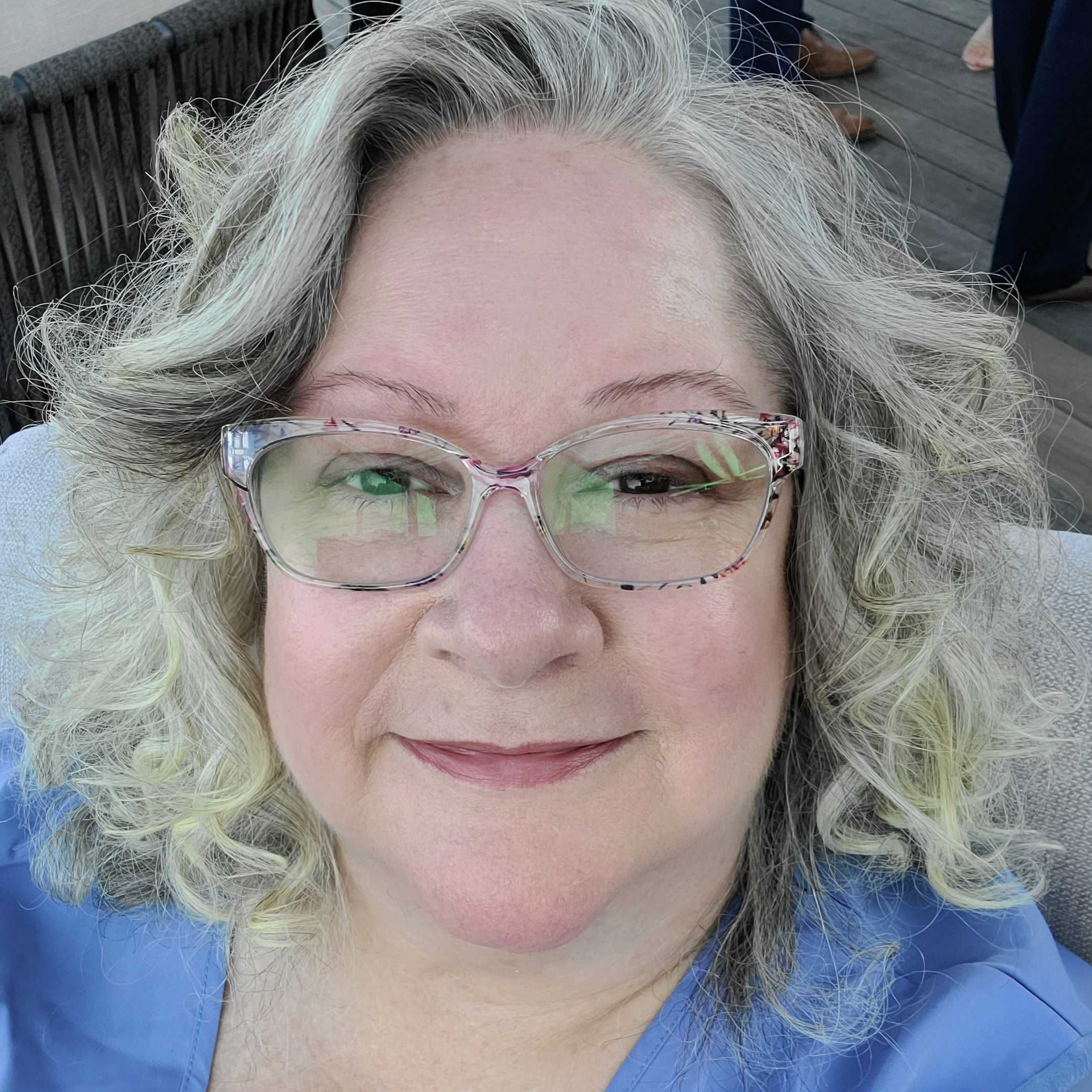How Georgia ranks among best states for nurses
As National Nurses Month begins, it’s natural to wonder if you and your colleagues are getting the most out of your career.
“Despite the difficulties of the occupation, nurses are generally well-rewarded for their life-saving work,” WalletHub wrote in its annual analysis of the best and worst states for nurses. “Nursing occupations are some of the most lucrative careers, with a mean annual wage of more than $89,000 and some of the lowest unemployment rates in the U.S.”
What state you live in goes a long way to determining how satisfied you might be, so the financial website “took stock” of the industry to help RNs — especially new ones — decide where to practice.
To do this, WalletHub compared the 50 states across two key dimensions: opportunity and competition, and work environment.
It then evaluated those dimensions using 20 relevant metrics, each was graded on a 100-point scale, with a score of 100 representing the most favorable conditions for nurses.
Finishing on top was Washington, with an overall score of 62.38. The Evergreen State was No. 3 for opportunity and competition, and No. 7 for work environment.
Georgia nurses aren’t that lucky. The Peach State ranked No. 39, with an overall score of 48.74. Although opportunity and competition is high — No. 8 — the state was next to last for work environment.
According to WalletHub, being a nurse in Hawaii isn’t the paradise it might seem. The Aloha State ranked last, with an overall score of 38.86. It also finished last for opportunity and competition, and No. 43 for work environment.
Despite recent reports of strikes and dissatisfaction, Jan K. Carney told WalletHub “(t)he long-term outlook for the field of nursing is outstanding!”
“According to the Bureau for Labor Statistics, employment of registered nurses is projected to grow 6 percent from 2021 to 2031, with ongoing needs across the country. In addition, our population is aging, with continued needs for healthcare in diverse populations and settings,” said Carney, associate dean for public health and health policy, professor of medicine, and director of graduate public health programs at the University of Vermont’s Larner College of Medicine.


